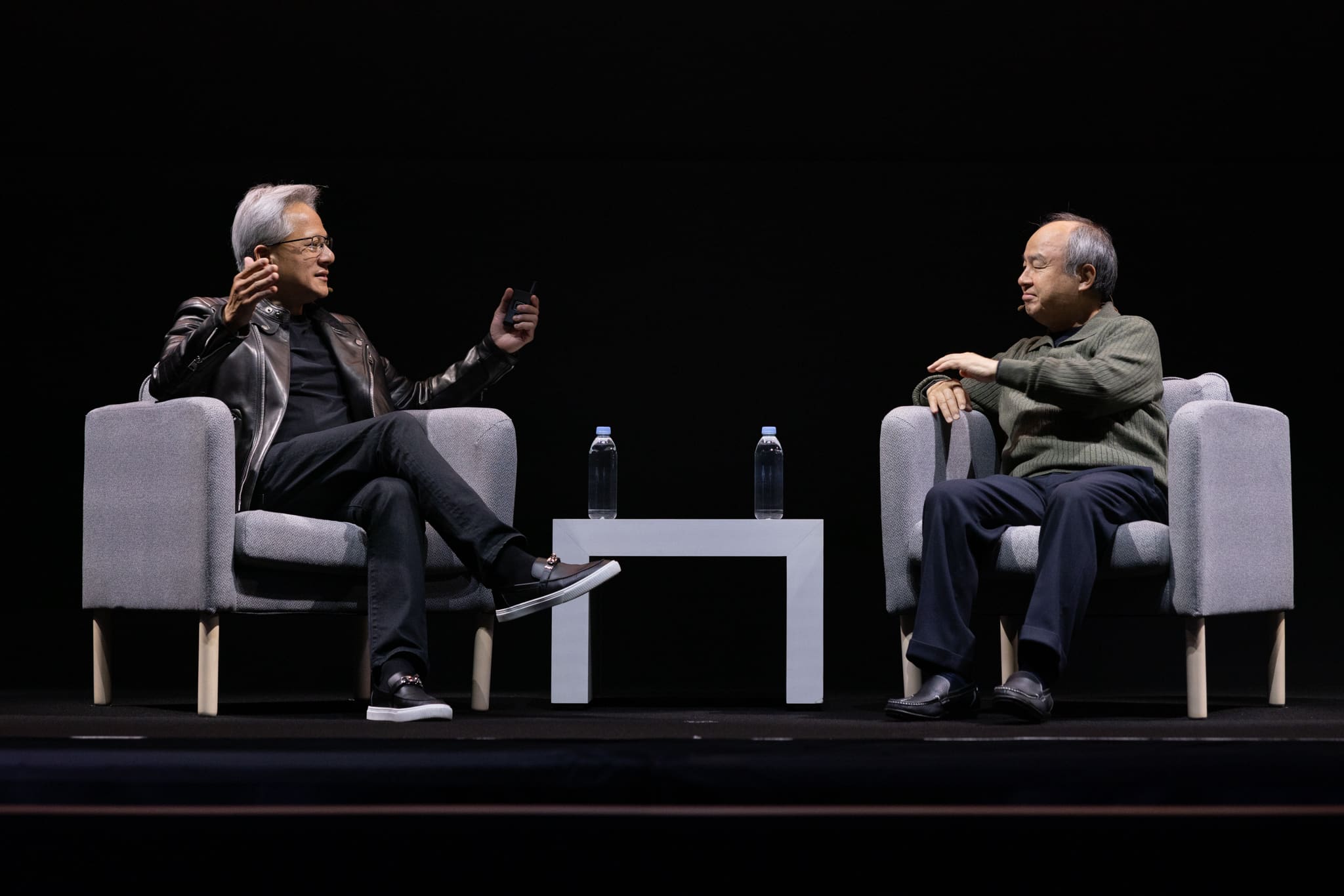WCF returns: Core WCF gets a 1.0 release
Way, way back in the early days of .NET and the abortive Windows Longhorn project, one of the underlying technologies was a set of standards that built on the nascent web services model: WS-* and SOAP, the Simple Object Access Protocol. The intent was to build a framework that could deliver service-oriented architectures, where applications published defined service endpoints that could connect them both together and to clients and servers.Microsoft intended to simplify what could be a complex process, writing WSDL (Web Service Definition Language) endpoint and message descriptions, building those endpoints, and constructing and parsing the XML messages used to connect services. Initially code-named Indigo, Microsoft’s web services tool was one of the key Longhorn technologies to survive the Vista reset, eventually shipping as WCF, the Windows Communication Foundation.To read this article in full, please click here

Way, way back in the early days of .NET and the abortive Windows Longhorn project, one of the underlying technologies was a set of standards that built on the nascent web services model: WS-* and SOAP, the Simple Object Access Protocol. The intent was to build a framework that could deliver service-oriented architectures, where applications published defined service endpoints that could connect them both together and to clients and servers.
Microsoft intended to simplify what could be a complex process, writing WSDL (Web Service Definition Language) endpoint and message descriptions, building those endpoints, and constructing and parsing the XML messages used to connect services. Initially code-named Indigo, Microsoft’s web services tool was one of the key Longhorn technologies to survive the Vista reset, eventually shipping as WCF, the Windows Communication Foundation.





























